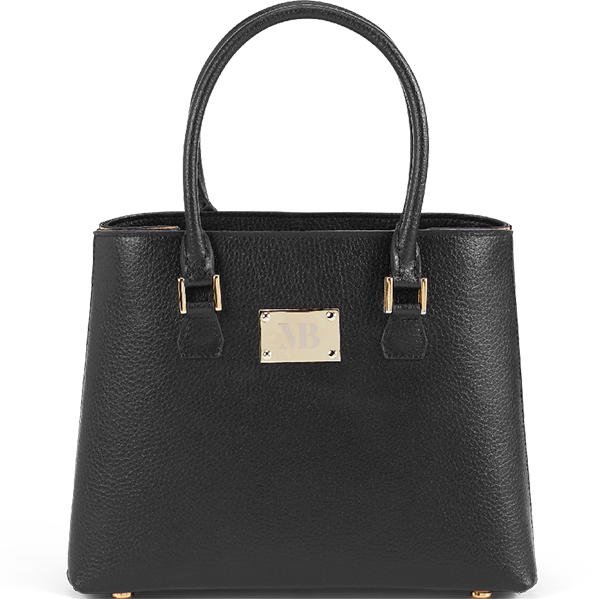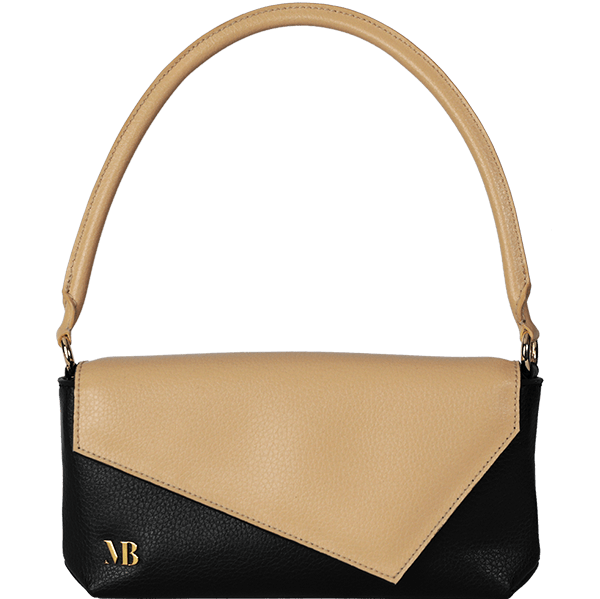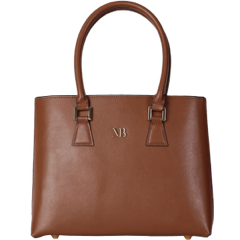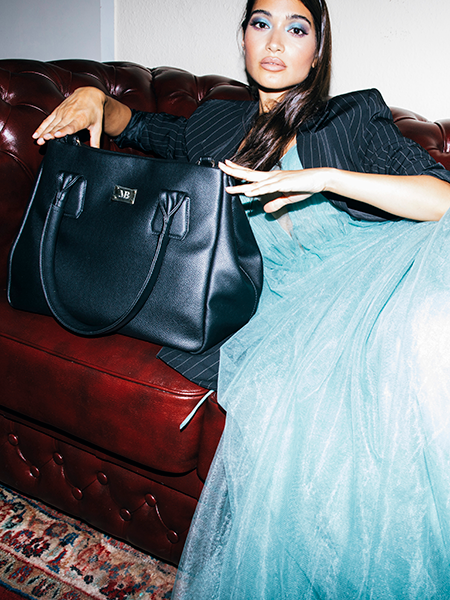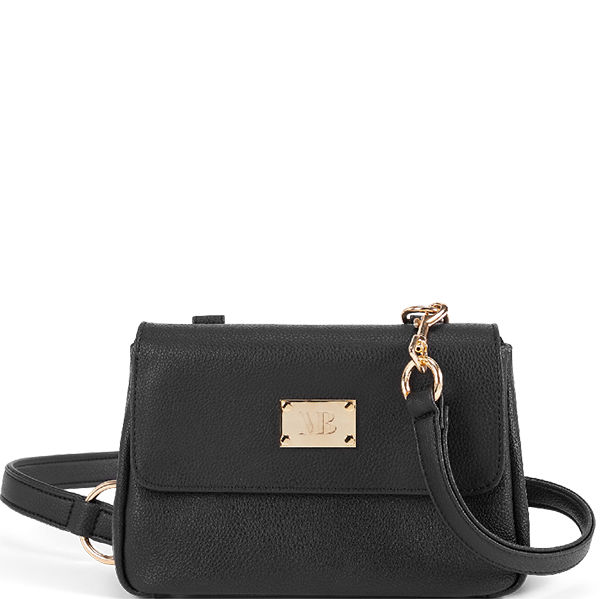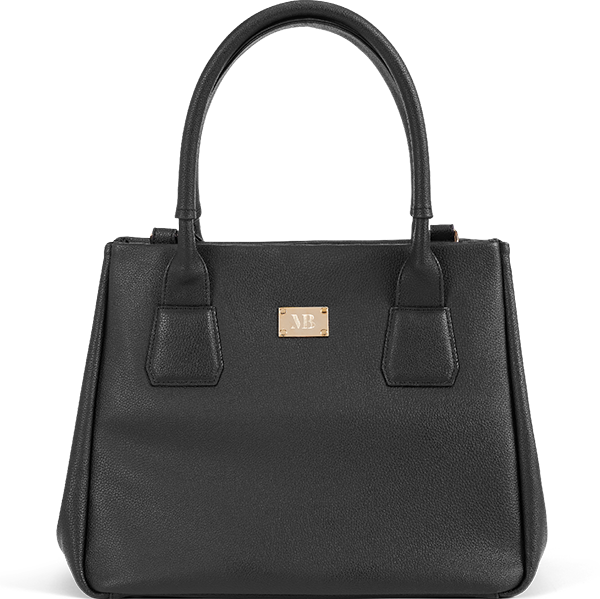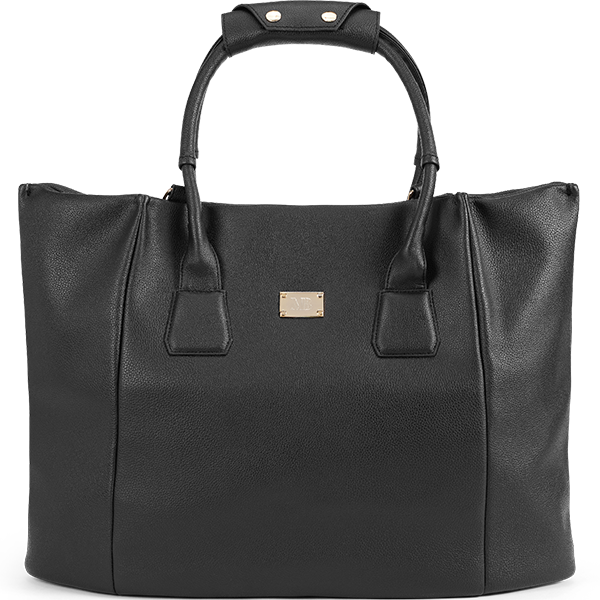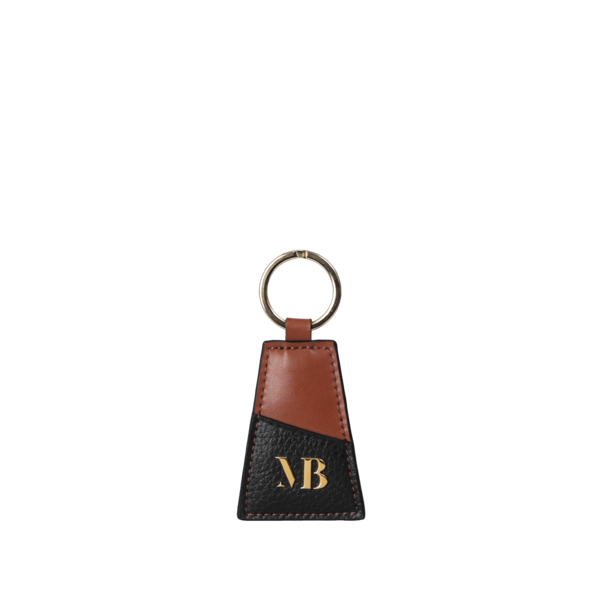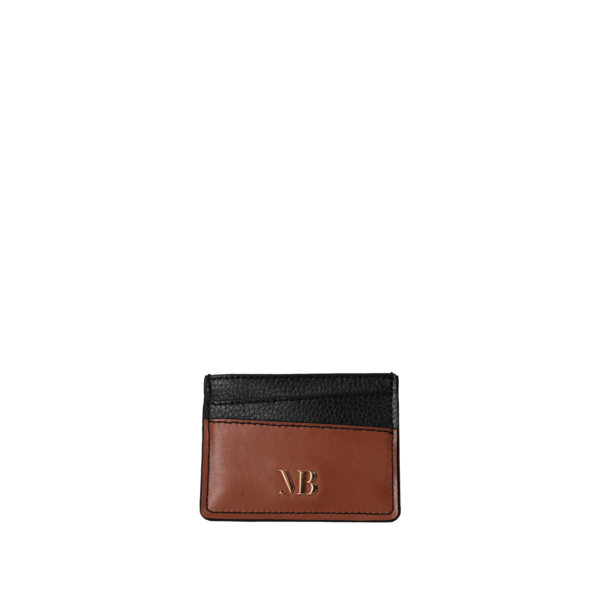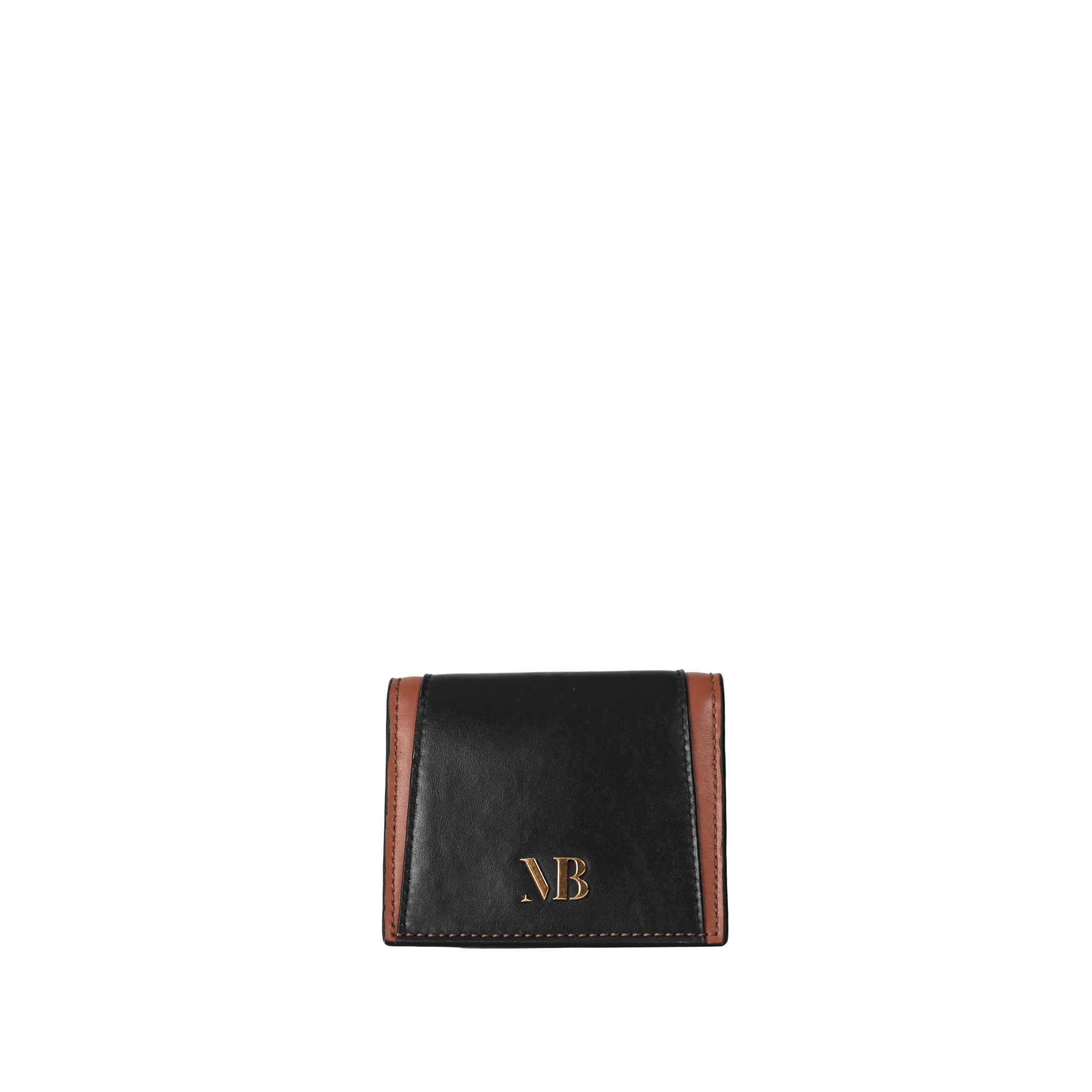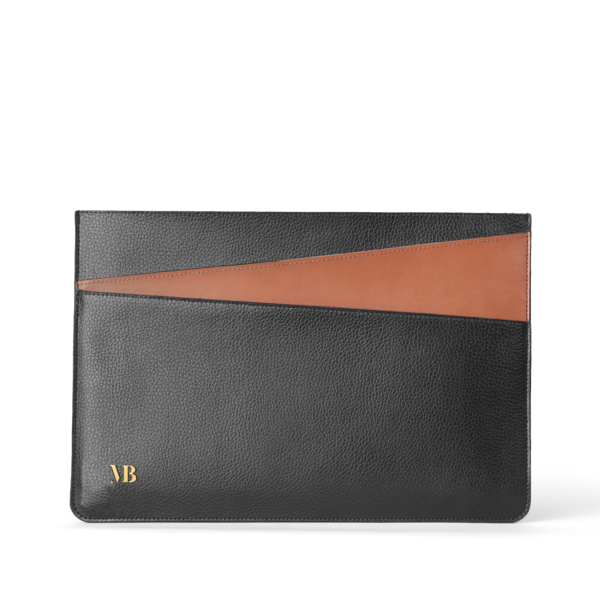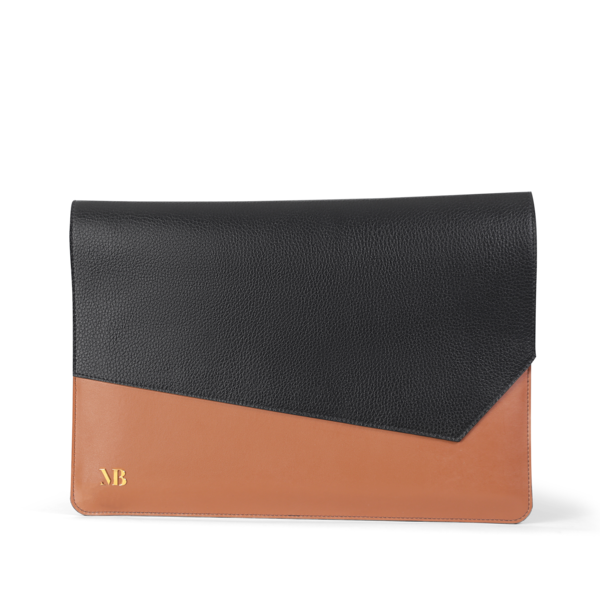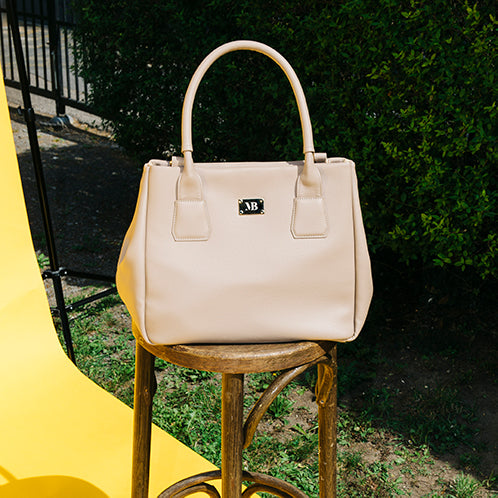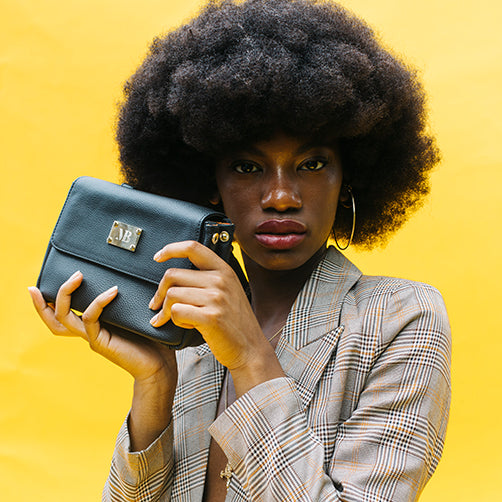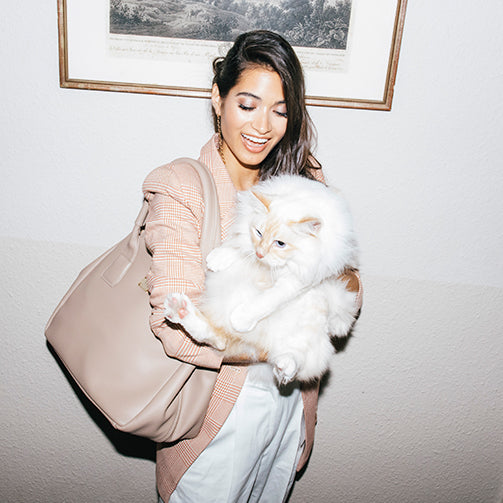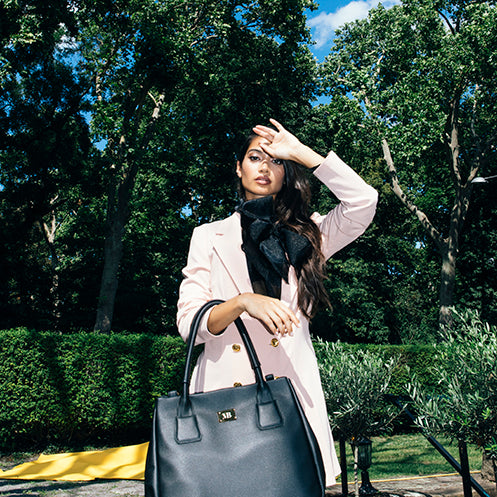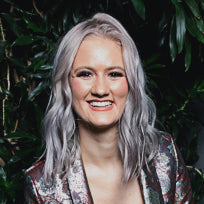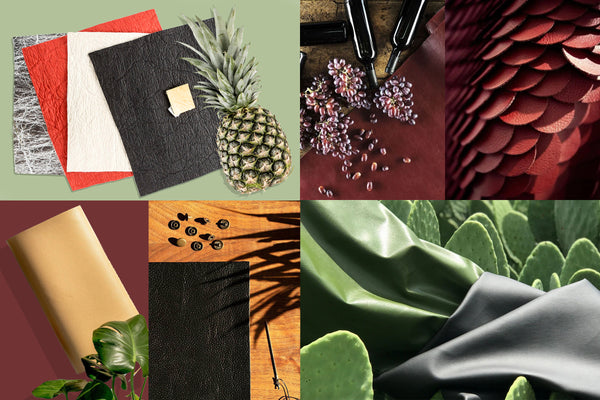What is vegan fashion all about?
All questions answered by a real industry expert, our founder Melina Bucher herself
Vegan fashion is getting more and more popular. According to the 2020 LYST report, the search for the term vegan leather has experienced an increase of 69% in the span of a year. Customers are getting increasingly interested in vegan, sustainable or upcycled fashion items. Therefore, it is not surprising that a lot of information on this topic is available online. However, this information must be handled with care, because unfortunately there is a lot of misconceptions and greenwashing out there. In this article, our founder Melina shares her insights and sheds light on what vegan fashion is all about.
Vegan fashion means that a fashion item is produced without any animal ingredients. However, what sounds simple, is actually not that easy in practice: Depending on the brand or organization, the definition of a vegan item can differ. In the simplest way, fashion is called vegan if it does not incorporate animal-derived fabrics like animal leather, wool, silk or fur. As a result, some companies/brands already call themselves animal-friendly just using synthetic or plant-based fabrics like cotton, viscose or polyester.
There are also brands that go a step further and look at all the auxiliaries and ingredients that are needed to produce their fashion items. Ingredients to look at are glues, which can potentially be derived from bones, gelatin or casein, and waxes like beeswax, lanolin, or shellac. Another area to investigate are coloring dyes, which can be derived from animals. Examples are Carmine and Shellac, red pigments from insects and Sepia, ink derived from sea fish.
Vegan fashion - as of today – usually does not incorporate operating materials from suppliers who, for example, use chemicals or detergents in the production of cotton fibers. This is more of a practical issue, as it can be difficult for fashion producers to trace back these ingredients when buying cotton or other fabrics. Vegan fashion also doesn't have to mean that the ingredients are all cruelty-free, because animal testing by definition has nothing to do with an item being free of animal-derived ingredients.
Lastly, if a fashion piece is declared vegan, that also does not give any information about the company as a whole. To give you an example: Melina Bucher was founded to make the fashion world an animal friendly place. As saving animals is one of our core values, it comes natural for us to use vegan paper, vegan print inks or vegan furniture in our office. This is by far not industry standard, as these products are (sadly) a lot more expensive. Also, many people are unaware that these items contain animal ingredients. If you want to shop vegan and cruelty-free, I would recommend to really look at a brand's values and beliefs.
A vegan fashion item does not contain any animal-derived ingredients from fabrics to glues and color dyes.
People decide to switch to vegan fashion for ethical and ecological reasons.
In the production of fashion articles, animal welfare is not the first priority. Animals are seen less as living creatures and more as commodities for their skin or fur. Most of the people are aware of the cruel mulesing practices in wool production, or the poor conditions for animals in fur farms.
Leather or virgin wool products are considered to be less severe of an issue. There is this misconception (that is often pushed by the fashion industry) that leather is a waste product of the meat industry and no animal is actually harmed for leather production. This is untrue, as many animals are raised and killed first and foremost for their skin. Crocodiles, alligators, snakes, and other exotic animals are increasingly used by designer brands as they are perceived as particularly exclusive and rare. When speaking of cow leather, it is important to acknowledge that around 12-19 % of the sales price of a cow is collected by selling the cow’s hide. Leather is therefore a valuable co-product rather than a waste product. Therefore, consumers actively support the meat industry when shopping leather products.
Vegan fashion is often marketed as sustainable. However, evaluating the sustainability of a garment is much more complicated than is often portrayed. A vegan garment is not necessarily more sustainable than one made from animal raw materials, as the production of animal-free products can be just as harmful to the environment. Therefore, the label vegan should be used first and foremost to highlight an ethical choice: Namely that you do not want any living being to be killed for your clothes.
A statement on the sustainability of vegan fashion cannot generally be made, as it highly depends on the fabrics, the production processes and the location where the items are produced. The Higg MSI index, which was developed by the Sustainable Apparel Coalition, is a helpful tool to compare different fabrics in terms of their sustainability based on scientific and industry data. It measures different environmental impacts like GHG emissions, water scarcity, eutrophication and chemicals and normalizes the values to a single score. According to this index, the materials silk, wool and leather are on average the three most polluting materials, all of animal origin. These measures are already high without even considering animal husbandry or farming. Again, this is an average score and the environmental impact can be different depending on the actual production processes.
Taking a closer look at vegan leather, it is a much-discussed topic in terms of its sustainability. However, scientific studies point in the direction that synthetic leather has a much lower environmental impact than conventional leather. Depending on the study model, animal leather has 2 to 6 times the environmental impact of synthetic leather. More information on the sustainability of leather and a more detailed comparison to synthetic leather can be found in this article.

Environmental Impact of Animal Leather vs. Synthetic Leather. The higher the number, the more harmful is a material for the environment. (© Melina Bucher, based on HIGG Material Index)
When searching for vegan items online, finding vegan fashion is actually quite easy! One convenient way is to look at the comprehensive list of PETA (PETA Germany, PETA UK, etc.). The main advantage is that all brands listed there are certified according to the PETA vegan textile standard. More about the PETA approved vegan standard below.
Another option is to use marketplaces for vegan or sustainable fashion. Avocadostore, for example, offers the possibility to filter by vegan brands. Immaculate Vegan, on the other hand, is a newer marketplace with a special focus on design and aesthetics. They have a lot of amazing vegan young designers and also offer a section that informs about their production processes. An advantage of marketplaces is that you can directly shop different styles and clothing items all in one place without worrying that some item might have been produced under unethical conditions. Also, in order to be listed on a marketplace like Immaculate Vegan, brands have to go through a quality standard process. Of course, Google is also helpful when searching for terms like vegan fashion or vegan handbags. But attention: The term vegan is contrary to the term organic not regulated - so you have to look closely at the brands and their offers.
When you shop offline, it becomes a bit more difficult to buy vegan fashion. Of course, you can look on the label to see if the item contains any animal-derived fabrics, such as wool or leather. But, as mentioned earlier, fashion companies don't have to declare animal byproducts on their labels. To ensure that the item was really produced in an animal-friendly way, you have to rely on certifications or do your own research on the brands you love.
Of course, you can also look at our Instagram page or our magazine – we are celebrating and sharing vegan fashion brands all the time!
Top tips to find vegan fashion and avoid animal products when shopping:
- Look for the PETA-approved vegan certification (on the label or website)
- Take a look at the label to see if the material composition includes any animal-derived fabrics like wool, leather, fur, alpaca, silk, down feathers
- Shoes have a specific classification system in Germany. In contrast to many beliefs, animal leather coated with more than 1/3 of the total thickness is not declared as leather, but as synthetic material.
- Attention on the details: buttons (could be made out of horn), patches on jeans (could be made of leather).
- By-products like glue and color dyes are usually not declared. Message the brand to get more information, they are usually really helpful (and bonus point: they learn that customers care about animals!)
To give you some options, here is our list of top vegan fashion brands with a special emphasis on sustainability and design. This is by no means an exhaustive list – there are so many amazing vegan brands out there. These are our top pics in terms of design, sustainability and they are all female-led:
- Mink Shoes: Founded by celebrity stylist Rebecca Mink and loved by clients like Miley Cyrus, Nathalie Portman or Emma Watson. Rebecca is in the vegan shoe business over 20 years. We love the high-end designs and that she co-owns the female-led production in Italy, where the shoes are made!
- Allkind: A British brand developing shoes handmade in Spain. We especially love their super comfy wool and suede homeshoes!
- Kimberly Goldson: Black-owned, female-led business with the most empowering suits for the girlbosses out there.
- LaSeine&Moi: Best known for their vegan fur coats. We love that they are using European fabrics and are manufacturing in the city of love – Paris!
- Matea Benedetti: Mateas vegan dresses to die for! The brand also declares where the product is made, how the prints are sustainable and uses GOTS-certified organic cotton.

Matea Benetti Sustainable and Vegan Luxury Fashion (© Matea Benetti)

Miley Cirus at the Grammys wearing Mink Shoes vegan high-heels (© David Crotty/Patrick McMullan via Getty Images)
In contrast to food, where lots of different labeling options exist, certifications for vegan clothing are scarce. The most well-known standard for clothing is the PETA-approved vegan standard. If a brand wants to get certified according to PETA, they are not allowed to use any animal fabrics, as well as animal by-products like glue, wax, or colour dyes. The regulatory process involves the signing of a contract by both the brand itself and all its suppliers, which assures that the production is animal-free. The PETA approved vegan standard does not imply any inspections. Another pretty new standard is the ProVeg standard. ProVeg, well known for their yellow V sign on food items, has implemented a new standard for vegan textiles last year. The standard also includes signing contracts on animal free production processes as well as the possibility for investigations in the future (not yet in place). In contrast to PETA, the ProVeg vegan standard costs a fee for every product a brand wants to get certified.

Keep an eye out on the Peta-approved vegan logo when shopping for vegan fashion (© PETA Germany)
Melina Bucher is PETA-approved vegan and works closely with PETA to further develop the standard. Shopping vegan is much more convenient than it was a few years ago, but it still requires some effort and research.
Melina Bucher is on the mission to make the fashion world a cruelty-free, ethical and inclusive place. Accordingly, it is especially important to us to provide you with all the necessary information that will make it easier for you to help animals as well and to learn more about sustainable and ethical purchase decisions. For more information on the topic of sustainability, veganism and fashion, feel free to follow us on Instagram, subscribe to our newsletter and check back regularly on our blog.
